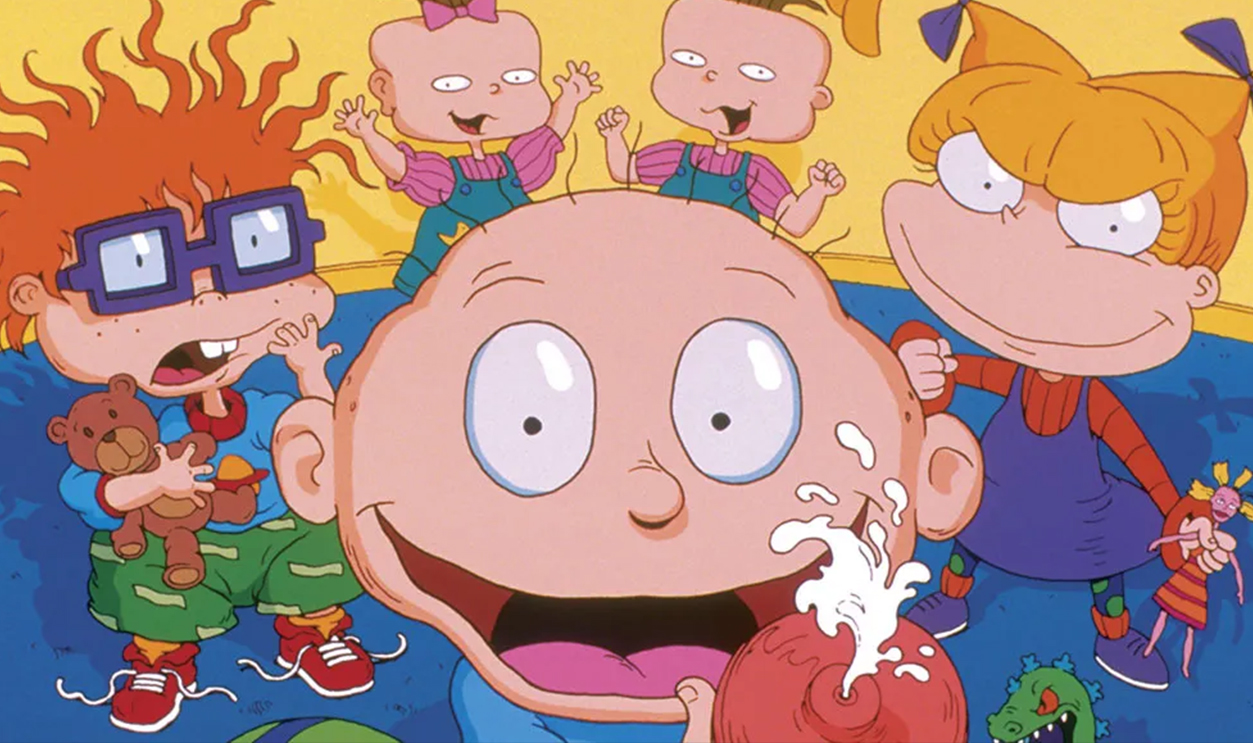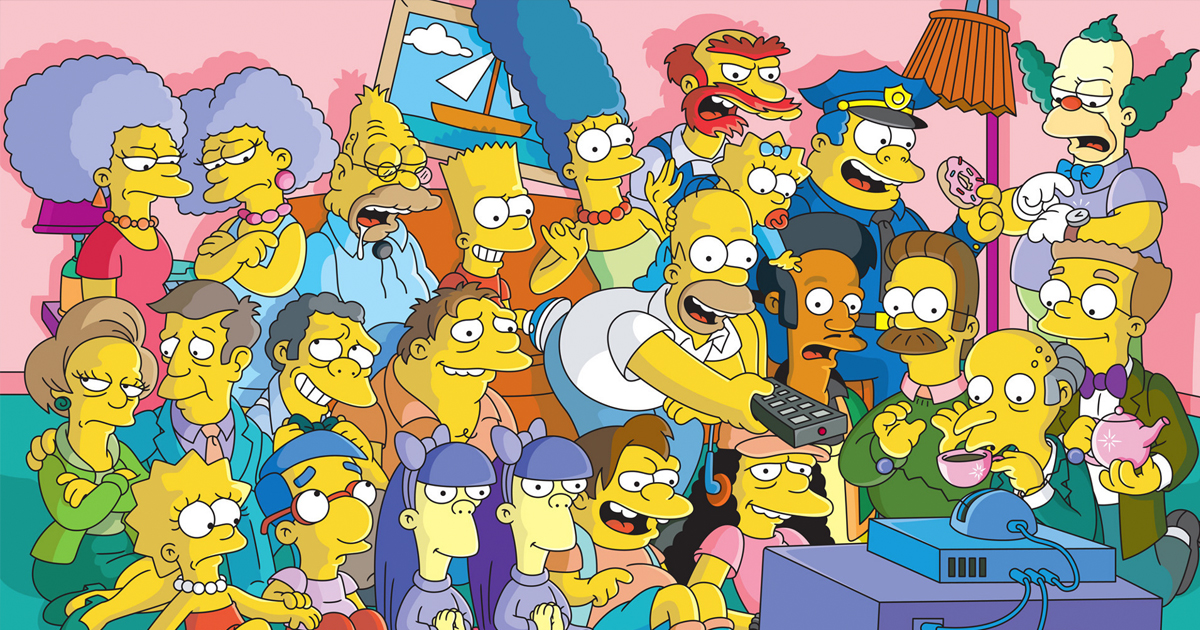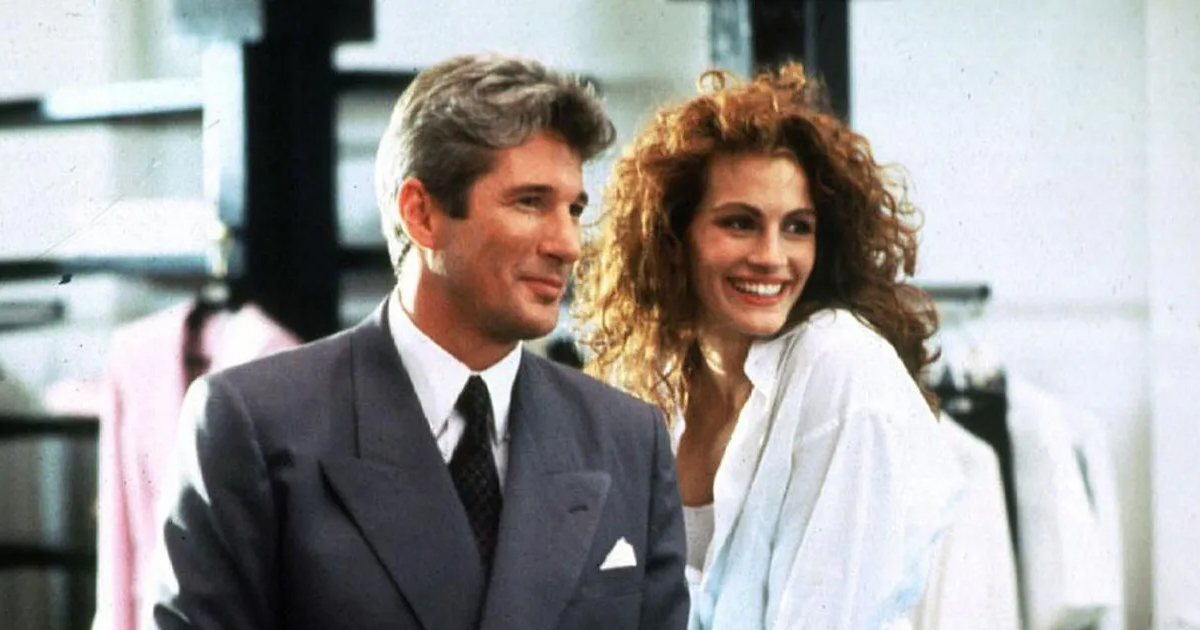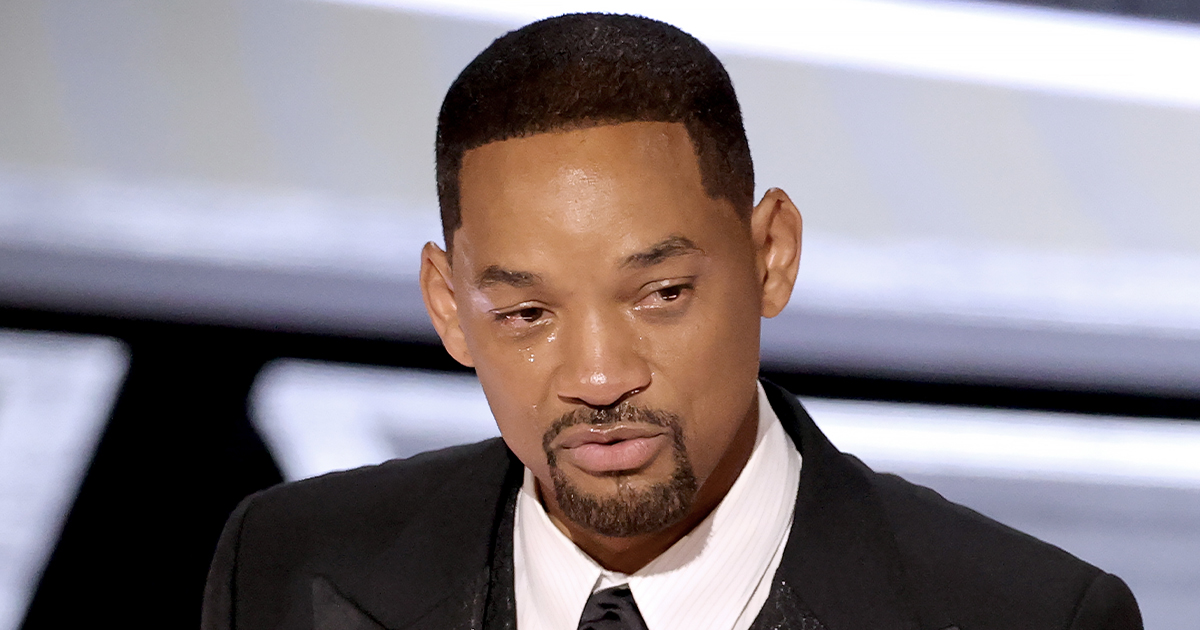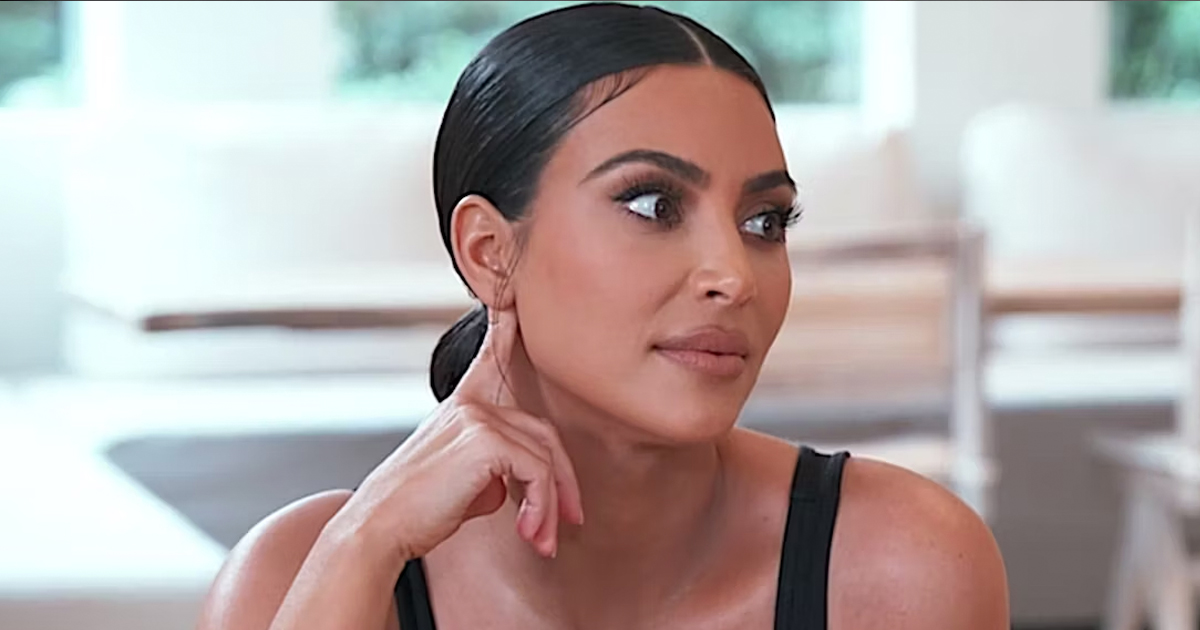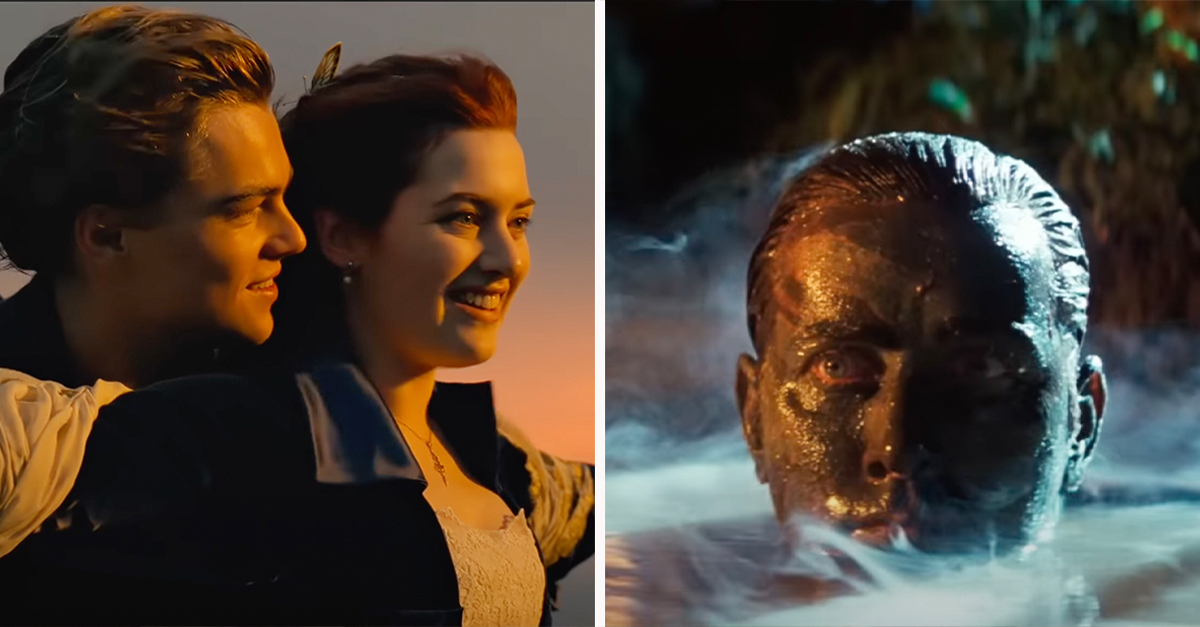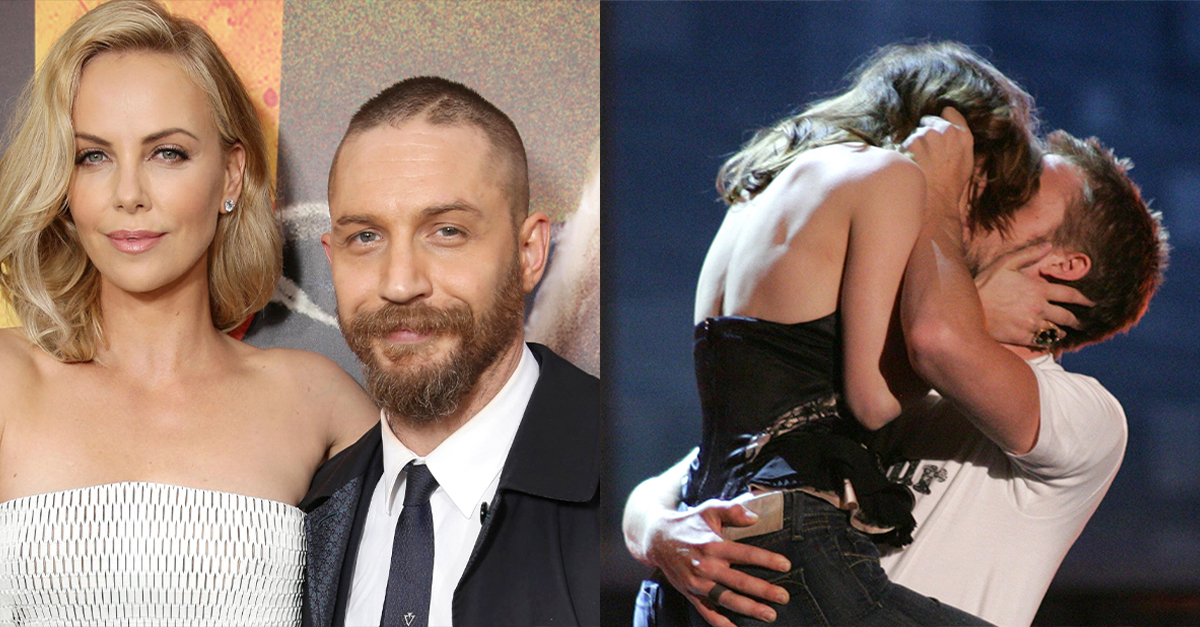They Made Saturday Mornings Matter
Saturday mornings in the 90s were sacred: cereal bowl in hand, toes dangling off the couch, and the cartoon block stretched out before you like a promise. These 20 shows shaped generations, mixing action, comedy, heart, and weirdness in ways only weekend TV of that era could.
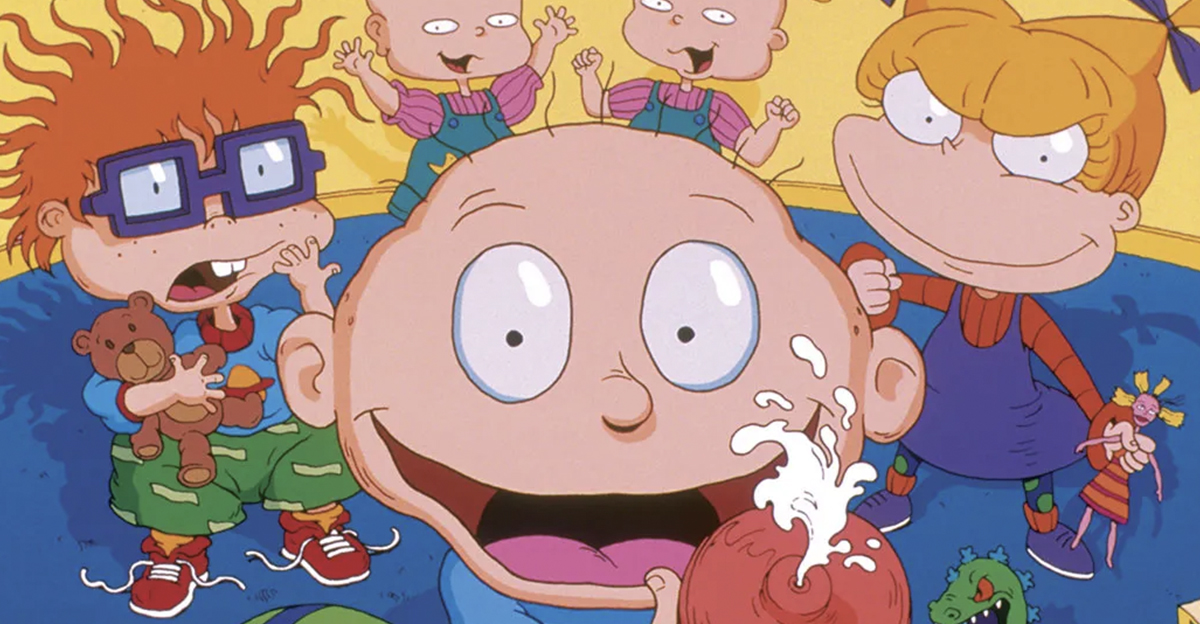
Dragon Ball Z
An anime juggernaut, Dragon Ball Z brought epic fights, power-ups, and Saiyan drama into Saturday lineups. But it wasn’t just spectacle; the show introduced deeper stakes, character arcs of sacrifice, and lore (Namekians, Saiyans, Androids). Kids learned “go beyond your limits,” and adult fans respect how the show balanced raw energy with emotional payoffs.
 FNS, Dragon Ball Z (1989-1996)
FNS, Dragon Ball Z (1989-1996)
Captain Planet And The Planeteers
This eco‑superhero cartoon teamed up five kids (with elemental rings) to fight environmental villains. It leaned into moral messaging, showing that pollution, deforestation, and waste had real consequences. While sometimes preachy, it struck a chord with eco-conscious youth, offering a template for cartoons that entertain and teach social responsibility.
 TBS, Captain Planet and the Planeteers (1990-1996)
TBS, Captain Planet and the Planeteers (1990-1996)
Sailor Moon
One of the pioneering “magical girl” anime in the West, Sailor Moon mixed teen drama, romance, and monster battles. It gave girls empowered heroines with relational stories about loyalty, sacrifice, and identity. The transformation sequences, team dynamics, and emotional arcs made it transcendent: it felt like “girl power meets cosmic destiny” on Saturday airwaves.
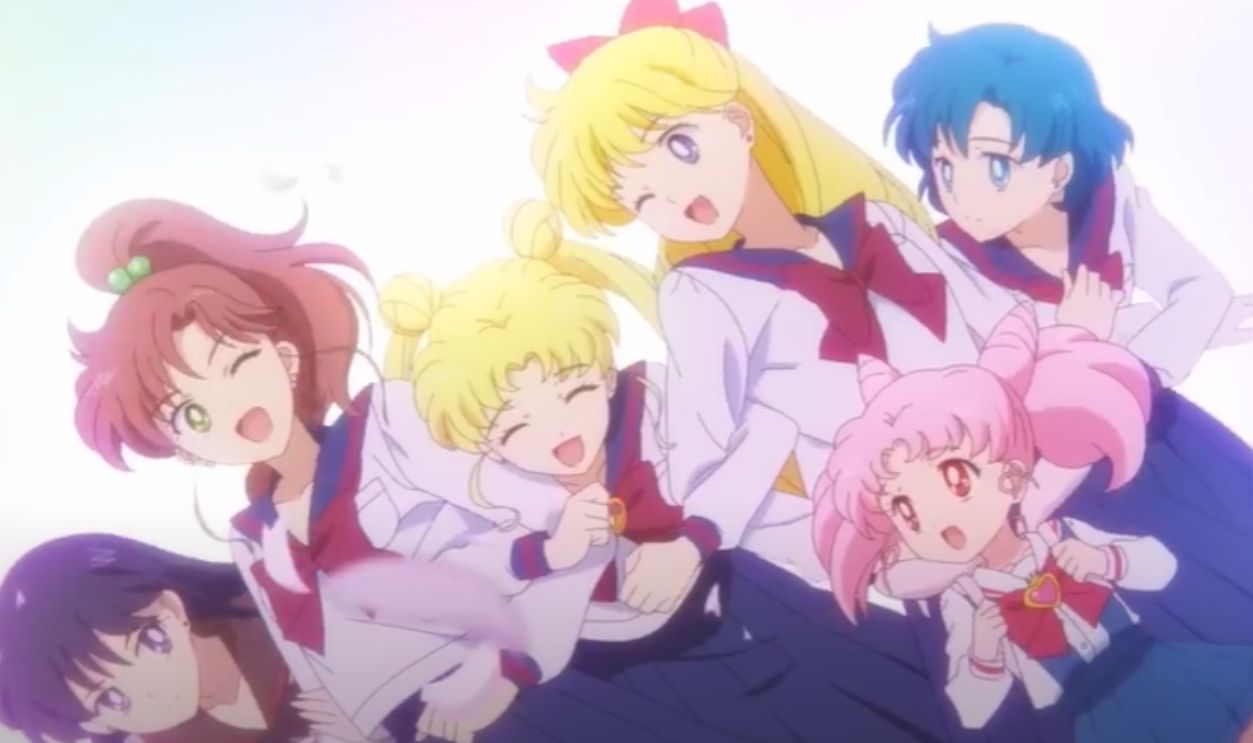 Toei Animation, Sailor Moon (1992–1997)
Toei Animation, Sailor Moon (1992–1997)
Batman: The Animated Series
This was superhero animation elevated. Dark tone, noir visuals, layered writing, and moral complexity made it feel like a crime drama in costume. It introduced or deepened iconic elements (Mr Freeze’s tragic story, Harley Quinn) and proved cartoons could be serious art. Many consider it the gold standard of adult–friendly Saturday cartoons.
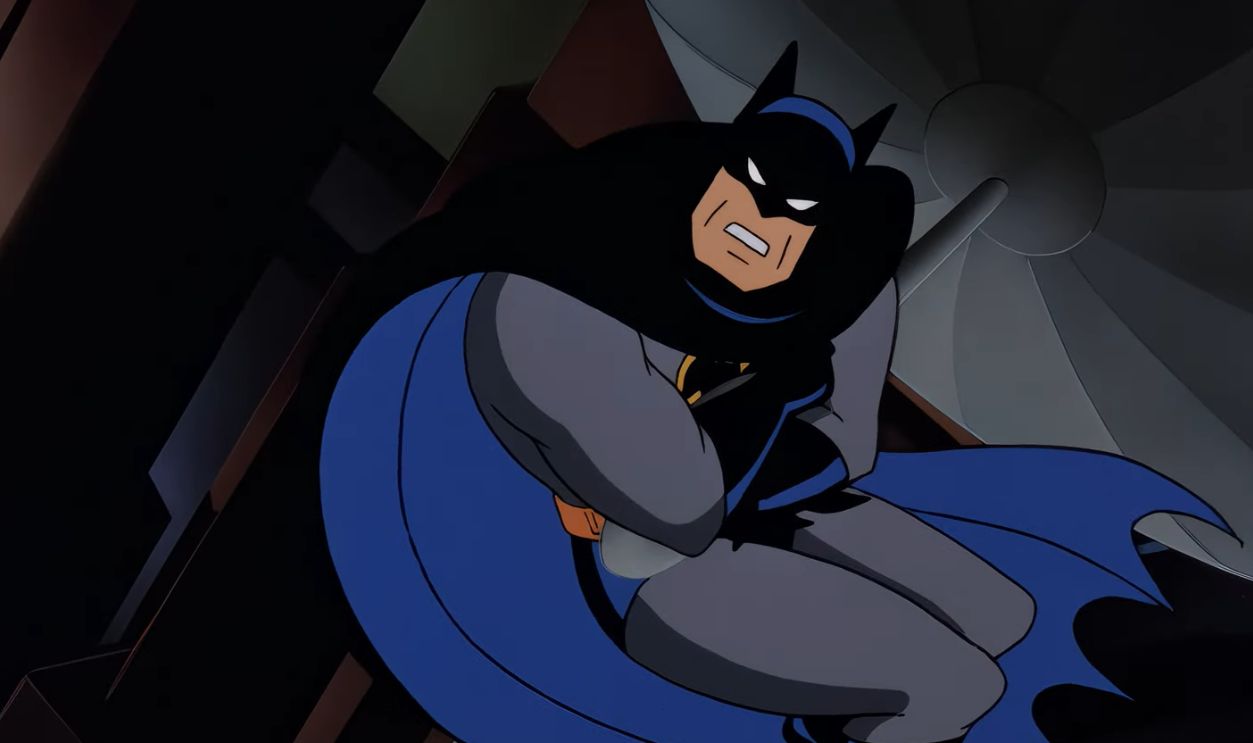 Warner Bros. Animation, Batman: The Animated Series (1992–1995)
Warner Bros. Animation, Batman: The Animated Series (1992–1995)
X‑Men
X‑Men: The Animated Series brought mutant struggles, prejudice, and double lives to children’s TV. With serialized storytelling, a massive cast, and mature themes, it made kids care about Magneto’s ideology or Beast’s ethics. It made “mutant” more than just powers; it became metaphor, and Saturday’s battles felt like real allegories.
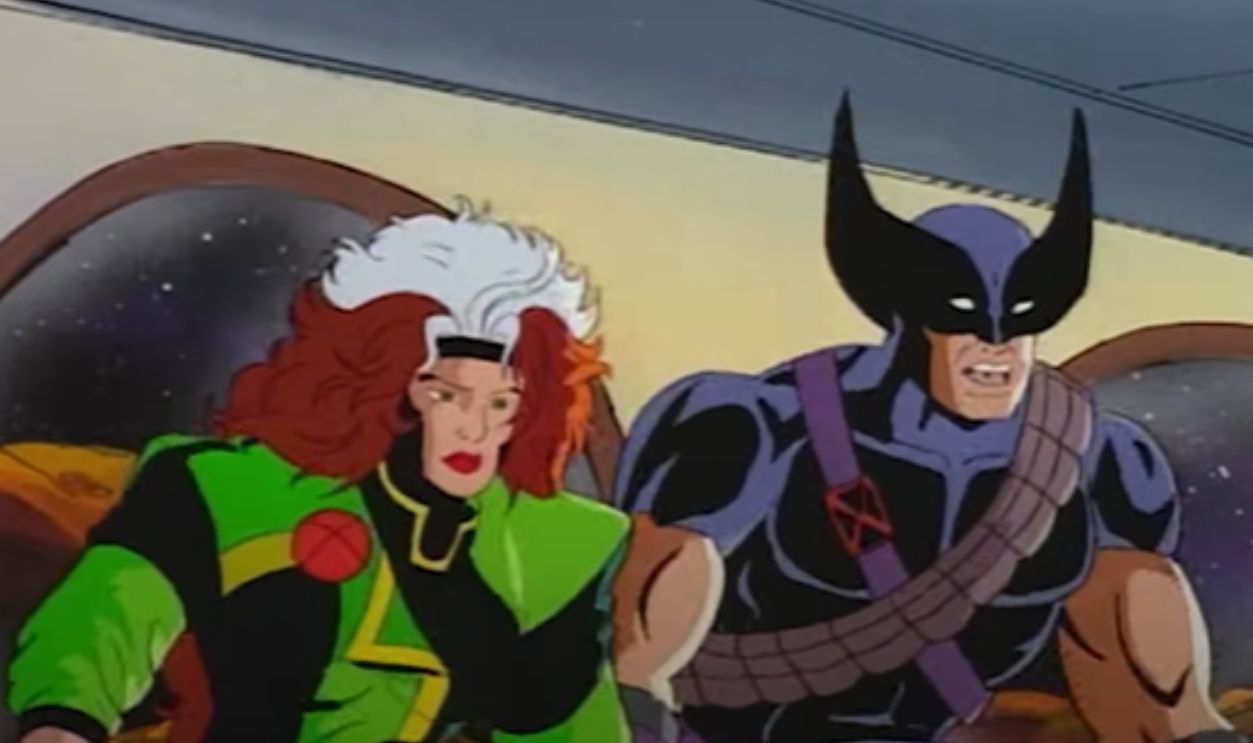 Marvel Entertainment, X-Men: The Animated Series (1992–1997)
Marvel Entertainment, X-Men: The Animated Series (1992–1997)
The Tick
The Tick mixed superhero absurdity with clever satire. With goofy costumes, silly villains, and earnest heroics, it lampooned and celebrated comic tropes in equal measure. Its humor was smart enough for grownups but goofy enough for kids, giving Saturday lineups something delightfully off-kilter and loving.
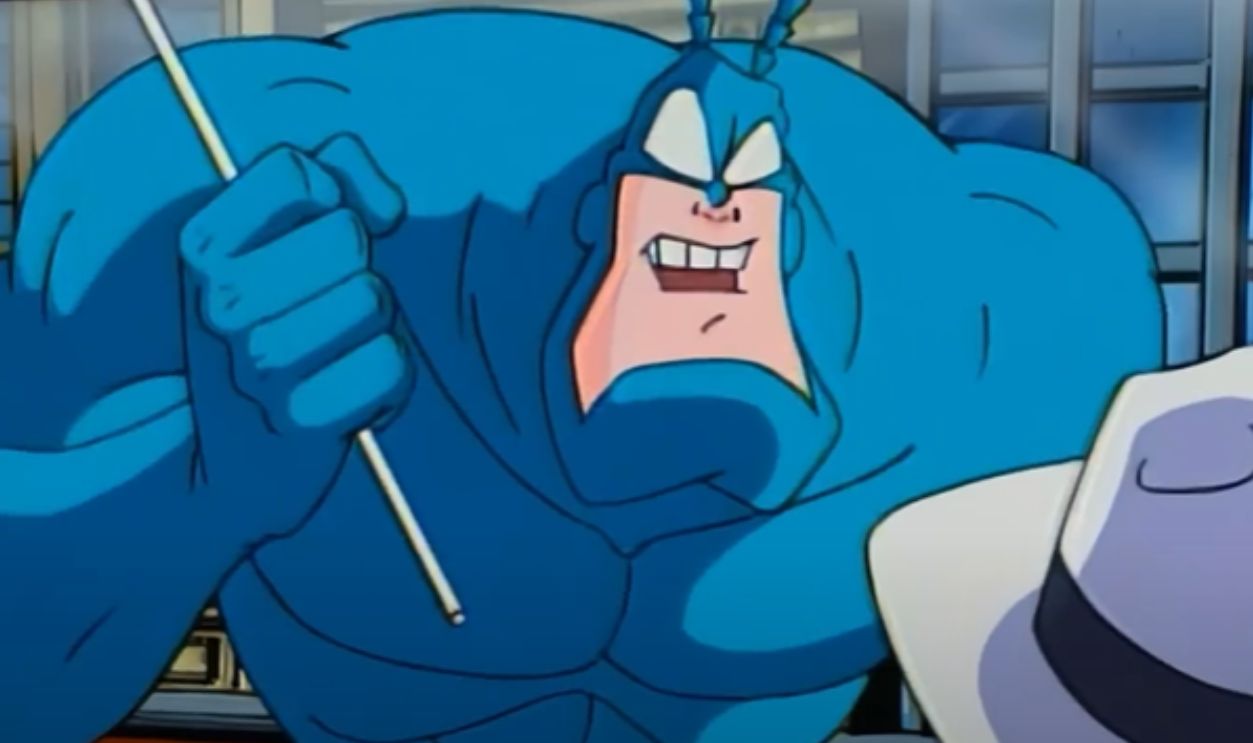 Fox Kids, The Tick (1994–1996)
Fox Kids, The Tick (1994–1996)
Gargoyles
Gargoyles was dark, mythic, and emotional, more like animated fantasy epic than Saturday fluff. Stone warriors awaken at night in modern NYC, wrestling with loyalty, prejudice, and redemption. With sustained continuity, Shakespearean themes, and voice acting depth, it felt like serialized fairy-tale drama tucked into children’s cartoons.
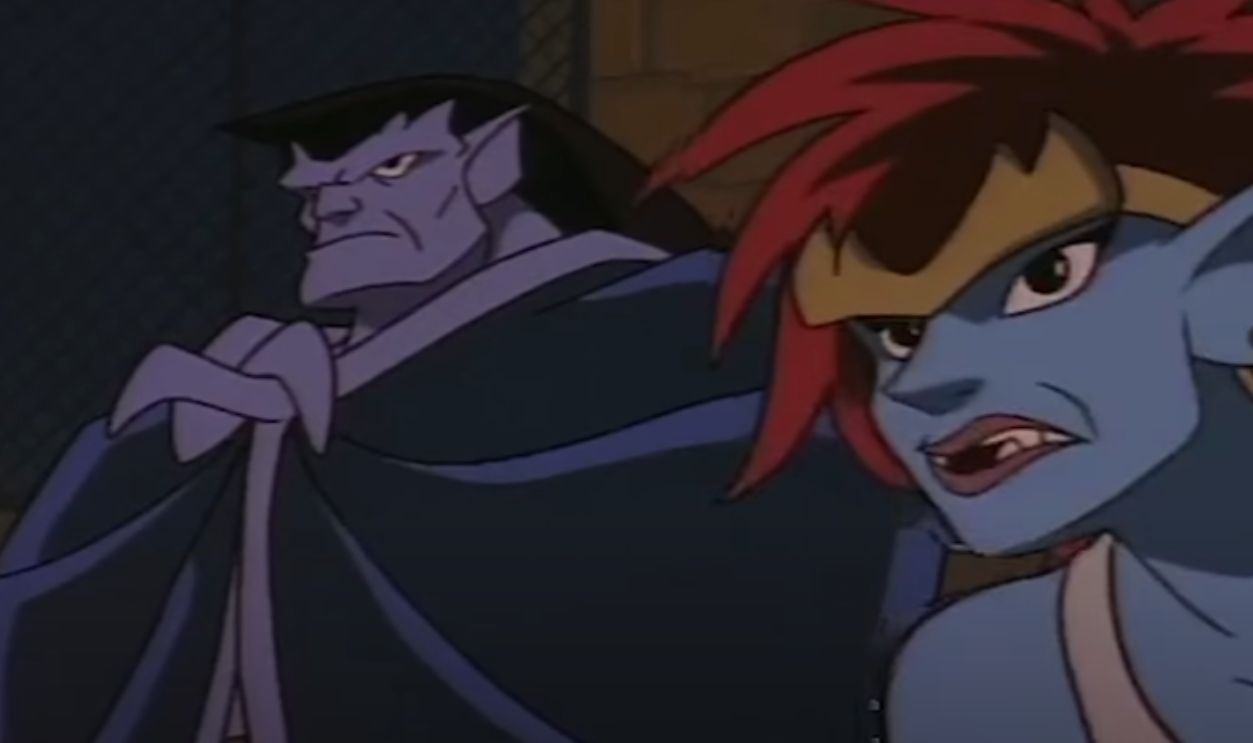 Walt Disney Television Animation, Gargoyles (1994–1997)
Walt Disney Television Animation, Gargoyles (1994–1997)
ReBoot
One of the first fully CGI cartoons on TV, ReBoot imagined life inside a computer system. Its “users,” viruses, and system crashes became episodic conflicts. It felt meta as characters knew they lived in software. The show’s visual novelty was matched by smart scripts, making it a tech‑era curiosity and a nostalgic cyberpunk Saturday treat.
Pinky And The Brain
A spin-off from Animaniacs, Pinky and the Brain followed two lab mice hatching world domination plans each night. The dynamic of the smarter Brain versus goofy Pinky offered absurdity, wit, and biting satire on ambition. The formula was simple but endlessly entertaining, and it offered laugh-out-loud moments wrapped in cartoon form.
 Warner Bros. Domestic Television Distribution, Pinky and the Brain (1995-1998)
Warner Bros. Domestic Television Distribution, Pinky and the Brain (1995-1998)
Mighty Ducks: The Animated Series
Before being hockey stars, the Ducks were humanoid crime fighters in this cartoon. With jet packs, armor, and villainous plots, the show leaned into fantasy-sci-fi. It was a fun extension of the movie brand, giving kids action, teamwork, and anthropomorphic duck heroes battling for justice across dimensions.
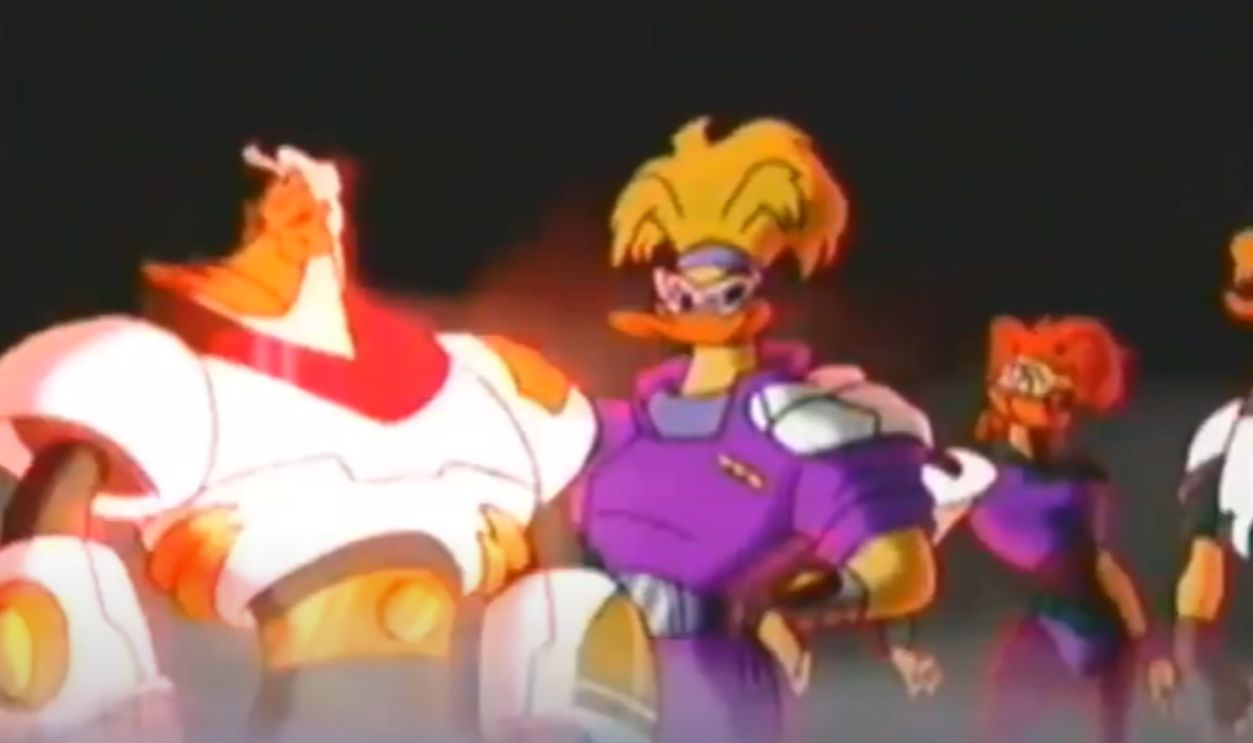 Walt Disney Television Animation, Mighty Ducks: The Animated Series (1996–1997)
Walt Disney Television Animation, Mighty Ducks: The Animated Series (1996–1997)
Beast Wars: Transformers
A gritty Transformers sequel set in the far future, Beast Wars replaced robots with animals. Maximals vs Predacons battled on the organic planet, with evolving characters and allegiances. Its serialized arcs, evolving tech, and moral reflection (who you are vs what you become) elevated it beyond toy commercial to thoughtful sci-fi.
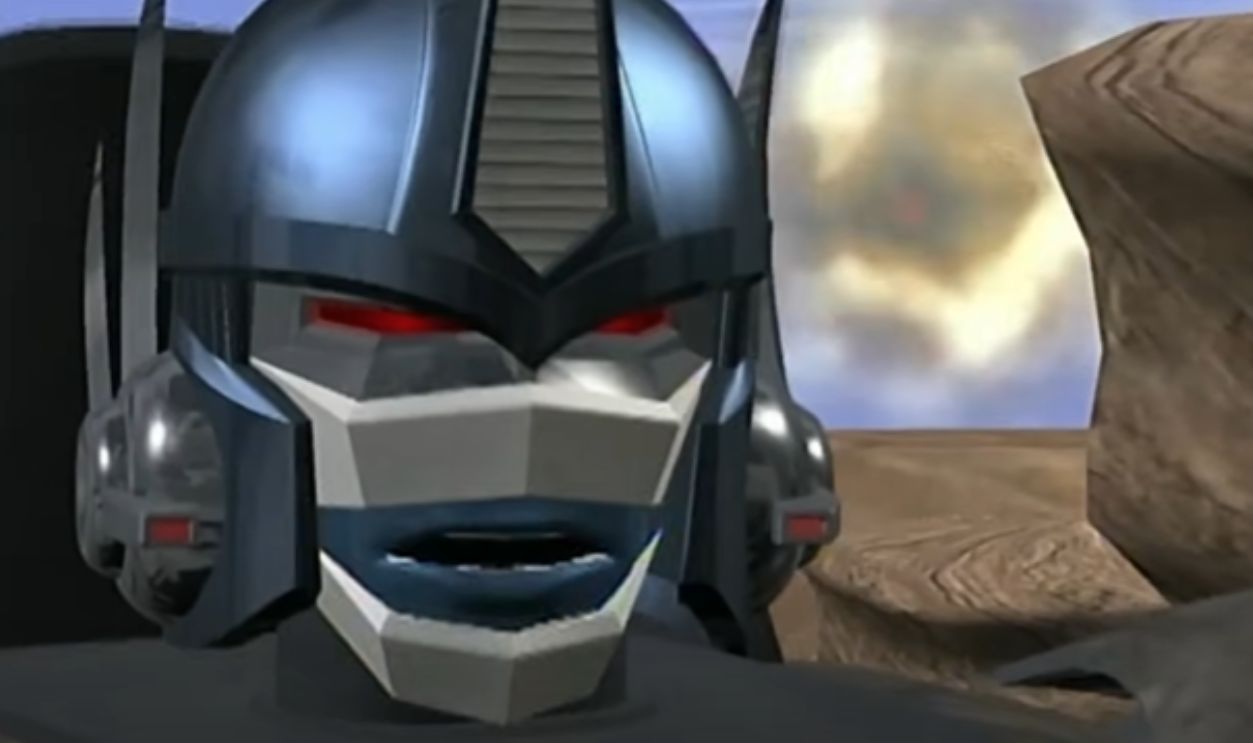 Mainframe Entertainment, Beast Wars: Transformers (1996–1999)
Mainframe Entertainment, Beast Wars: Transformers (1996–1999)
Pokémon
Few cartoons captured global reach like Pokémon. Ash, Pikachu, and the quest to “catch ‘em all” became cultural touchstones. What seemed simple (battle, collect, evolve) hid emotional friendships, travel fantasy, and occasional moral lessons. Kids tuned in for new Pokémon reveals, and decades later, the brand endures with deep nostalgia.
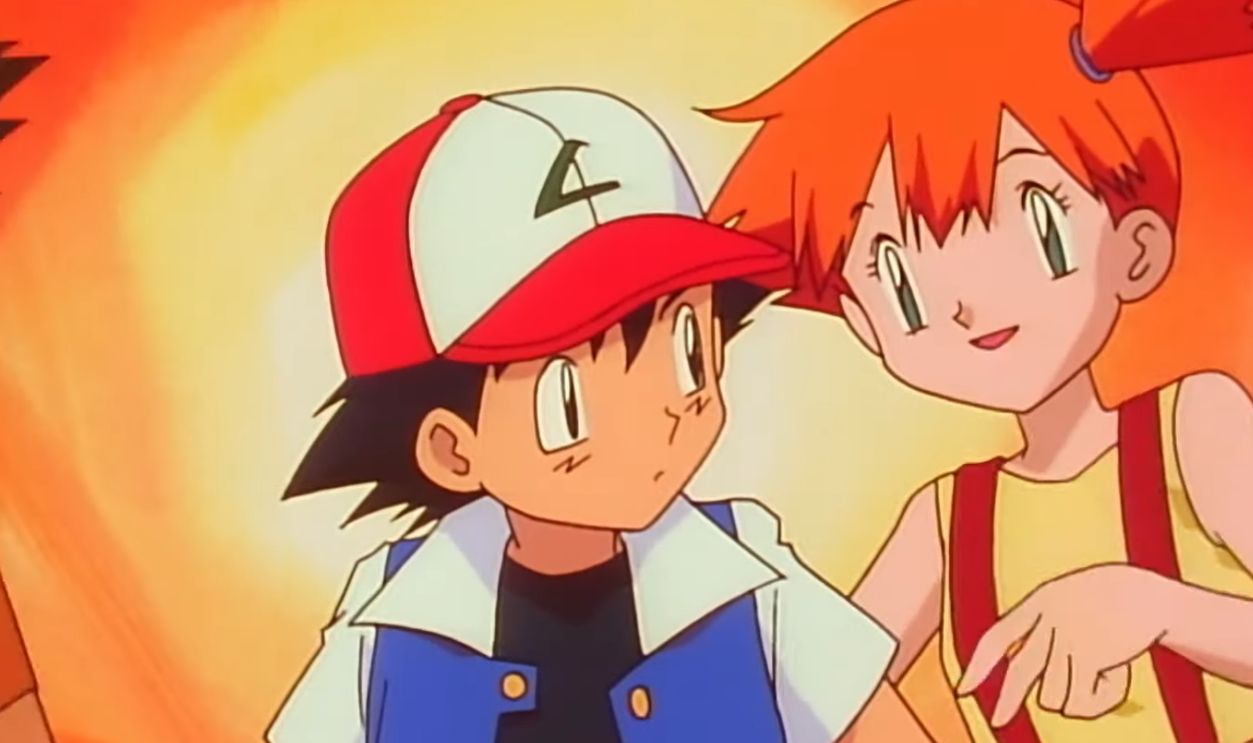 TXN (TV Tokyo), Pokémon (1997-)
TXN (TV Tokyo), Pokémon (1997-)
Digimon
Often considered Pokémon’s spiritual sibling, Digimon leaned more into drama, arcs, and evolving relationships. Kids were pulled into digital worlds, friendships tested, and evolving “Digivolutions” used as metaphors for growth. The show took risks with serious consequences, making it more than a monster-of-the-week formula.
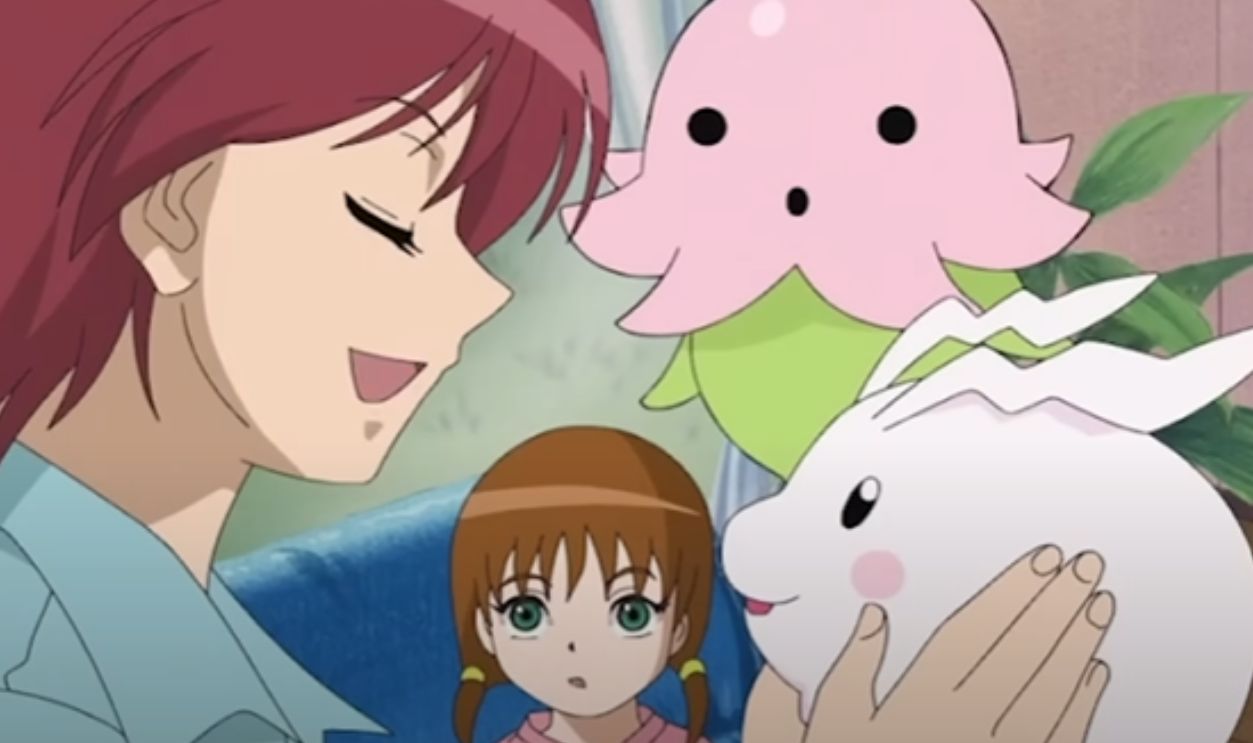 Toei Animation, Digimon: Digital Monsters (1999–2000)
Toei Animation, Digimon: Digital Monsters (1999–2000)
Teenage Mutant Ninja Turtles
The 90s TMNT combined pizza-fueled fun with crime-fighting and crew dynamics. Leo, Raph, Donnie, and Mikey protected NYC while dealing with villains like Shredder, Krang, and the Foot Clan. Its mix of action, slapstick, and occasional morality made it endlessly rewatchable on Saturday mornings.
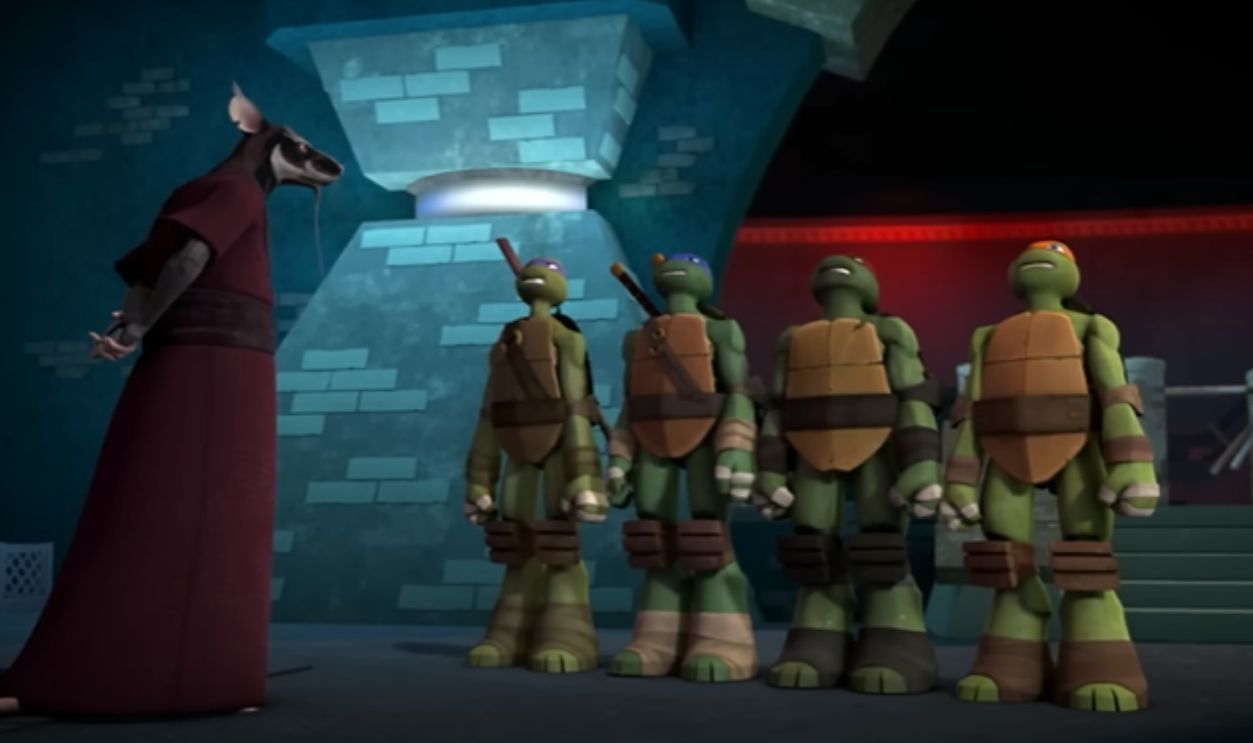 Murakami-Wolf-Swenson, Teenage Mutant Ninja Turtles (1987–1996)
Murakami-Wolf-Swenson, Teenage Mutant Ninja Turtles (1987–1996)
Animaniacs
Animaniacs was chaos, wit, and musical genius in cartoon form. Skits, pop culture satire, and catchy tunes (like “Yakko’s World”) gave it broad appeal, and it unleashed jokes fast. Its intelligence and irreverence made it a favorite among kids and grownups alike, and it remains an icon of 90s cartoons.
 Warner Bros. Television Distribution, Animaniacs (1993-1998)
Warner Bros. Television Distribution, Animaniacs (1993-1998)
Rugrats
Told from a baby’s perspective, Rugrats turned mundane toddler life into adventure: crawling through vents, exploring giant gardens, facing monsters under the bed. The childlike wonder mixed with parent-side jokes made it sweet, funny, and universally relatable. Its imaginative framing gave ordinary objects epic scale.
 Paramount Media Networks, Rugrats (1991-2004)
Paramount Media Networks, Rugrats (1991-2004)
The Powerpuff Girls
With sugar, spice, and superpowers, Powerpuff Girls gave three kindergarten-age fighters (Blossom, Bubbles, Buttercup) cosmic duty and kid problems. With dynamic action, humor, and occasional satire, it climbed beyond typical girl cartoons. It embraced both empowered femininity and superhero fun, making it a standout in the Saturday cartoon lineup.
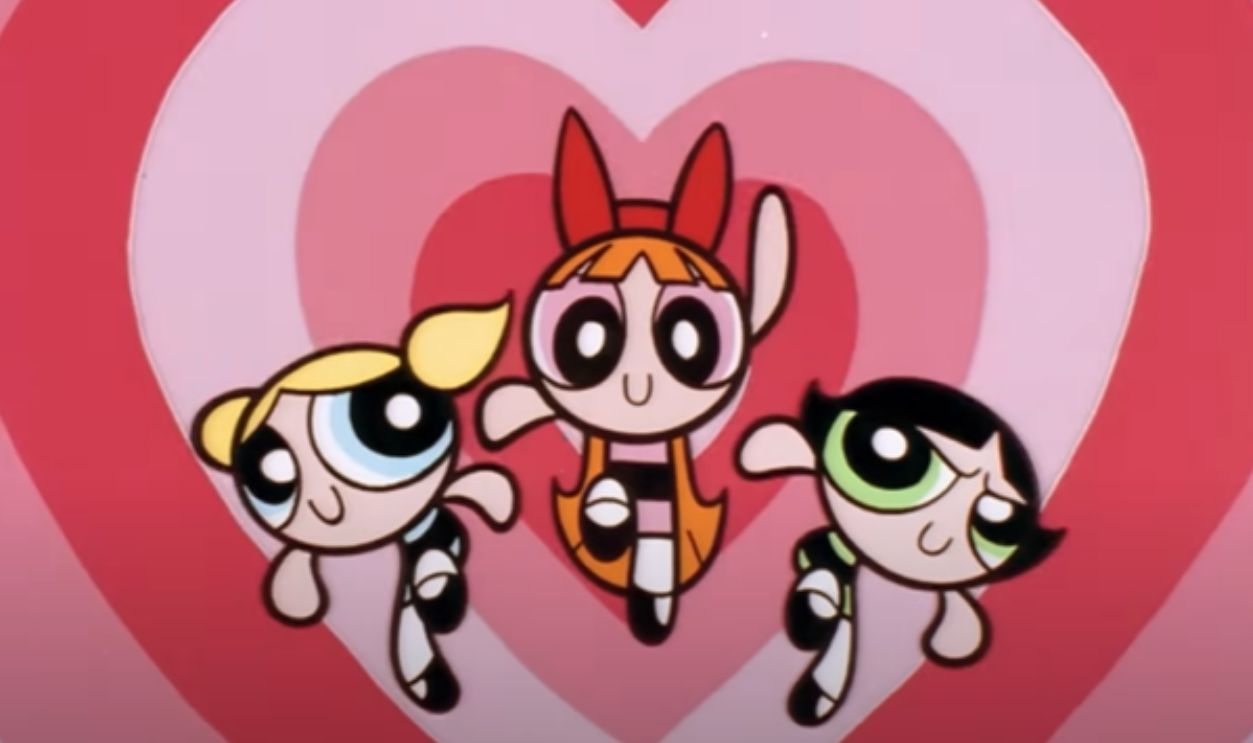 Cartoon Network Studios, The Powerpuff Girls (1998–2005)
Cartoon Network Studios, The Powerpuff Girls (1998–2005)
Recess
Set in elementary school recess, this show treated playground politics with epic significance. The gang (TJ, Spinelli, Gretchen, etc) formed social hierarchies, faced authority, and launched clandestine operations over slides, tag, and snacks. It turned recess into metaphor, each episode offering humor, heart, and surprising insight.
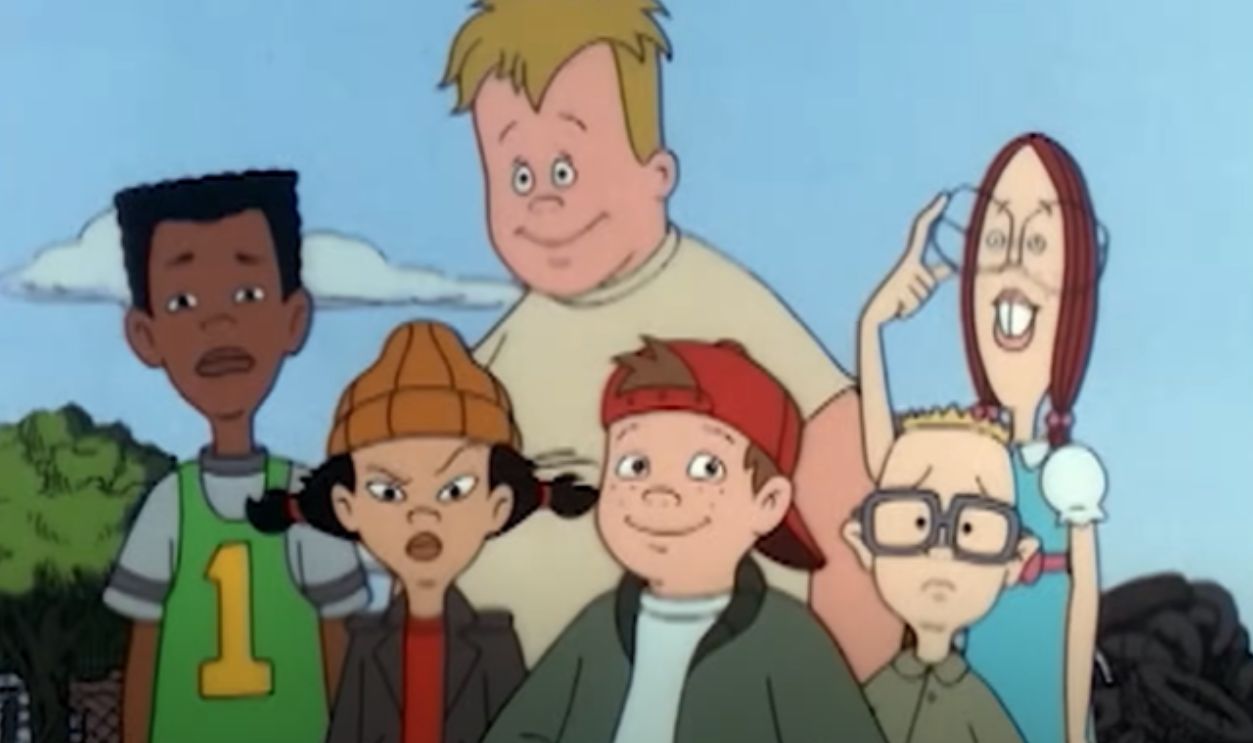 Walt Disney Television Animation, Recess (1997–2001)
Walt Disney Television Animation, Recess (1997–2001)
Hey Arnold!
Arnold’s big head (literally) hid a big heart. Hey Arnold! told kid stories in an urban setting, blending wacky neighbors, city life, and moral lessons. The show never felt childish, it respected kids’ emotions. It tackled bullying, missing parents, dreams, and community. It’s nostalgia but also emotional storytelling dressed in cartoons.
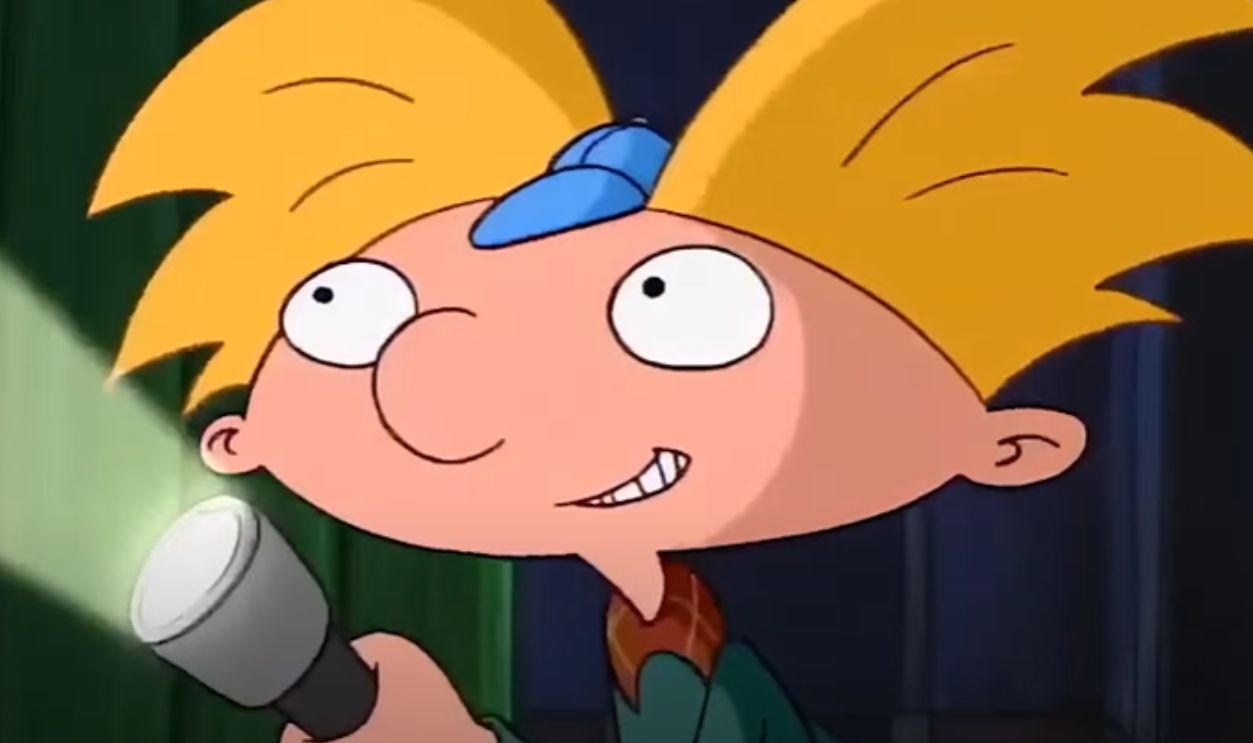 Nickelodeon Animation Studio, Hey Arnold! (1996–2004)
Nickelodeon Animation Studio, Hey Arnold! (1996–2004)
Spider‑Man: The Animated Series
This show brought Peter Parker’s struggles, webs, and villains to Saturday morning drama. With serialized arcs, crossovers, and moral weight (power, responsibility, loss), it felt like a comic book come alive. Episodes ran consequences forward, meaning fights mattered. For many, it was their first real dose of superhero complexity on a weekend.
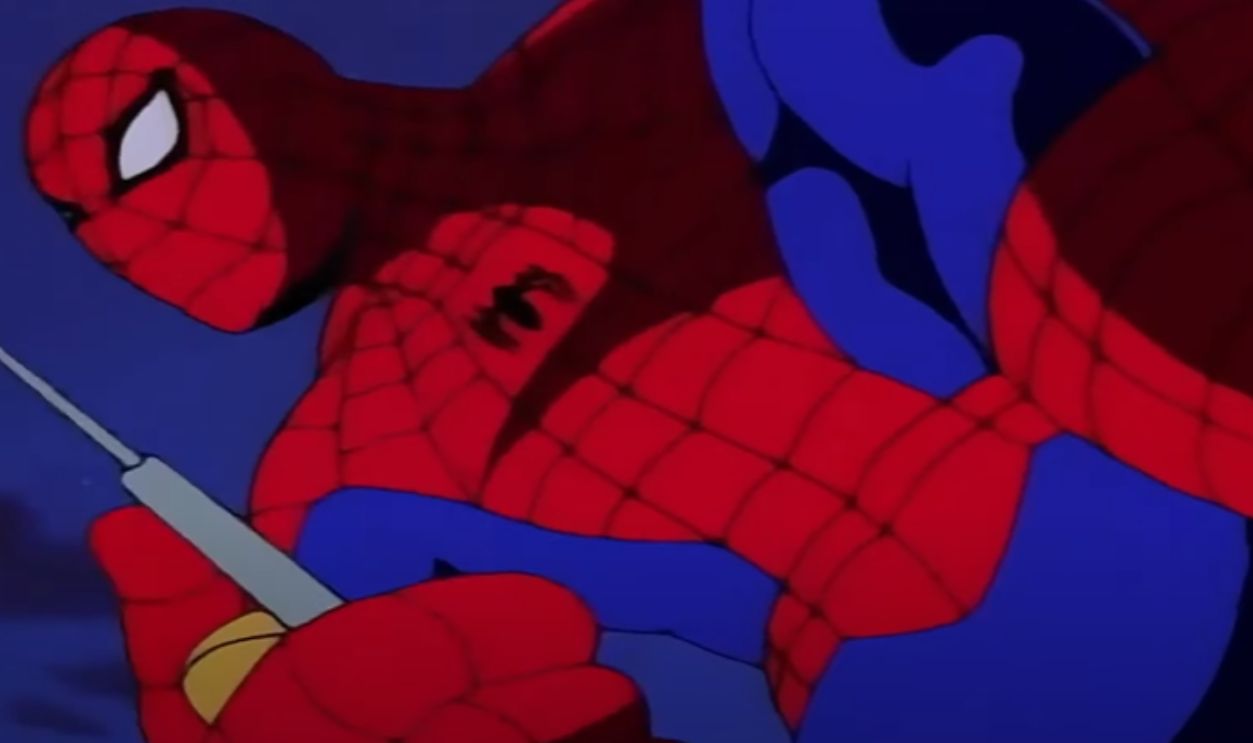 Marvel Productions / Fox Kids, Spider-Man: The Animated Series (1994–1998)
Marvel Productions / Fox Kids, Spider-Man: The Animated Series (1994–1998)
You May Also Like:
Saturday Morning Cartoons That Disappeared Without A Trace
Classic Cartoons That Most Zoomers Have Never Even Heard Of

